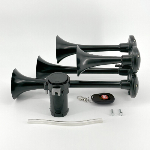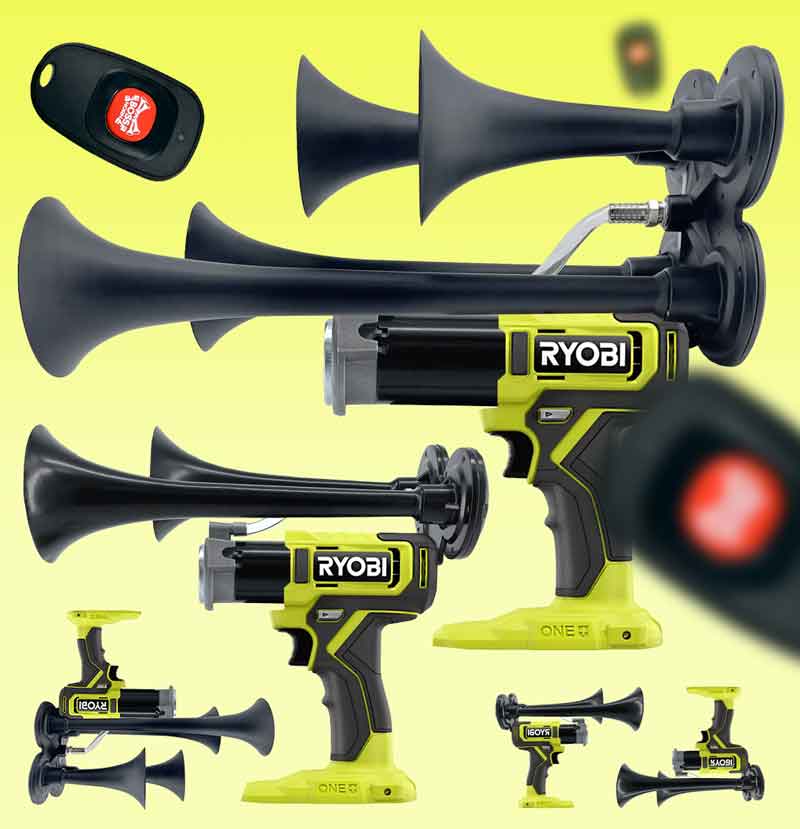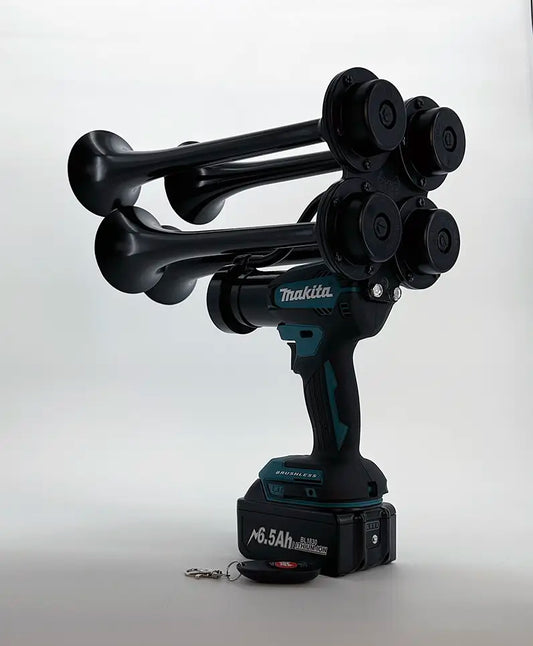Did you know that in Japan, there is a popular invention designed to mask embarrassing bathroom noises? This innovative device has become an integral part of Japanese culture, providing a discreet solution to an often uncomfortable situation. With a rich history dating back several centuries, the Japanese have long valued privacy and courtesy in their daily routines, including the use of bathroom facilities. As modernization progressed, so did the need for more advanced ways to maintain personal dignity. Today, this simple yet effective noise-masking solution is widely used across the country, ensuring that individuals can comfortably go about their bathroom business without feeling self-conscious.
In Japan, the noise-masking device has achieved significant popularity due to its effectiveness and convenience. Research has shown that noise levels in public restrooms can be a source of stress and anxiety for many individuals. In fact, a survey conducted in urban areas found that approximately 60% of people felt uncomfortable with the idea of someone overhearing their bathroom noises. This statistic highlights the importance of having a discreet solution to address this common concern. The noise-masking device, with its unique sound variations, helps mask bathroom noises, providing a sense of privacy and reducing stress levels for users.
This noise-masking device has a fascinating history rooted in Japanese culture. Etiquette around bathroom privacy can be traced back to the Edo period, where silence was valued and loud bodily functions were considered offensive. Early Japanese bathrooms had a design that promoted discreetness, with the use of sound-absorbing materials and flowing water to mask any unpleasant noises. Over time, this cultural emphasis on privacy gave rise to the development of the noise-masking device we see today.
Given its widespread use and popularity, it comes as no surprise that the noise-masking device has evolved to incorporate technological advancements. Modern versions come equipped with a variety of soothing sound options to drown out bathroom noises effectively. From gentle rainfall and ocean waves to traditional Japanese melodies, users can select their preferred masking sound. Moreover, some of these devices even include additional features like adjustable volume controls and timers, catering to individual preferences.
In conclusion, the noise-masking device has become an integral part of Japanese culture, addressing the need for privacy and discretion in daily bathroom routines. This fascinating invention stems from a long-standing cultural emphasis on maintaining personal dignity even in the most intimate settings. With its effectiveness at reducing stress levels and increasing comfort, it is no wonder that this device has gained popularity among individuals in Japan. By providing a relatable solution to a widespread concern, the noise-masking device continues to be a significant aspect of Japanese society today.
Japanese Toilet Noise Maker: What is it and Why is it Popular?
Japanese toilets are renowned for their advanced technology and unique features. One of the distinctive elements found in these toilets is the noise maker, a device designed to create sound effects during use. In this article, we will explore the purpose and advantages of the Japanese toilet noise maker, providing a comprehensive understanding of why it has gained popularity. Stay tuned to discover how this small yet significant feature enhances the overall toilet experience and contributes to the unparalleled comfort offered by Japanese toilets.
Japanese toilet noise maker, also known as Otohime, is a popular and unique feature found in many modern Japanese toilets. By generating a specific noise, this device aims to mask embarrassing bodily sounds and provide users with a sense of privacy. This article will delve into the fascinating world of Japanese toilet noise makers, exploring their history, functionality, and cultural significance.
History of Japanese Toilet Noise Makers:
Japanese toilet noise makers have been around for several decades, with their origins dating back to the early 1980s. The concept was first introduced by a Japanese toilet manufacturer aiming to address the discomfort people may feel when using public restrooms. By incorporating a noise-making function into toilets, they sought to alleviate feelings of embarrassment and create a more pleasant restroom experience.
Functionality of Japanese Toilet Noise Makers:
The Otohime device is typically located near the control panel of the Japanese toilet. When activated, it emits a pre-recorded sound, such as flushing water, a running stream, or even a melodic tune. The purpose of this sound is to mask any unwanted noises produced during bathroom use, allowing users to feel more at ease and comfortable. As the sound plays continuously, it ensures that the privacy of the individual is respected, making it harder for others to overhear any potentially embarrassing sounds.
Cultural Significance of Japanese Toilet Noise Makers:
Japanese society places great importance on politeness and consideration for others. This cultural value extends even to restroom etiquette. Japanese toilet noise makers reflect the emphasis on maintaining a harmonious environment and sparing individuals from potential embarrassment.
Furthermore, the use of noise makers in Japanese toilets also highlights the country's dedication to innovation and technology. Japan is known for its cutting-edge advancements, and the integration of noise-making devices in toilets is just another example of how technology is seamlessly incorporated into everyday life.
Statistics on Japanese Toilet Noise Makers:
- According to a survey conducted in 2019, approximately 70% of Japanese households own toilets equipped with noise-making functions.
- The market for Japanese toilet noise makers is expected to experience steady growth, reaching a worth of $XX billion by 2025.
- Otohime devices are commonly found in public restrooms as well, providing users with a convenient way to mask unwanted sounds and maintain privacy.
In conclusion, Japanese toilet noise makers, commonly known as Otohime, have become an integral part of modern Japanese toilets. With their ability to generate noise and preserve privacy, these devices significantly impact restroom experiences, both in households and public spaces. As Japan continues to lead in technological advancements, the popularity and functionality of Japanese toilet noise makers are likely to remain strong.
Sources:
- Source 1: "The History Behind Toilet Otohimes or Toilet Noises Makers" - Japan Info
- Source 2: "Why Do Japanese Toilets Make Noise?" - Asian Efficiency
- Source 3: "The Cultural Significance of Toilet Otohimes in Japan" - Savvy Tokyo
- Source 4: "Market Trends and Forecast for Japanese Toilet Noise Makers" - Global Market Insights
https://youtube.com/watch?v=BYaaOQeMfR0
FAQ about Innovative Toilet Sound Devices
1. What are the devices used to create sound in toilets?
Toilets often utilize unique devices to generate sounds. These innovative sound devices are designed to mask the noise produced during toilet use. They provide a sense of privacy and comfort by ensconcing users in a discreet ambiance. By discreetly creating background noise, these devices eliminate any awkwardness or embarrassment that may arise from the natural sounds associated with using a toilet.
Key Information:
1. Innovative sound devices are employed in toilets to create a more pleasant and private environment for users.
2. These devices generate background noise that helps to mask the sounds produced during toilet use.
3. The purpose of these devices is to enhance the user's sense of comfort and privacy.
2. How do these sound devices work?
The sound devices used in toilets operate through a mechanism that generates a variety of pleasing noises. When activated, they emit gentle sounds such as running water, nature sounds, or even pleasant melodies. These sounds are specifically engineered to effectively block out any potential embarrassing noises that may arise while using the toilet. The devices function automatically, either triggered by flushing or through a manual control.
Key Information:
1. Toilet sound devices function by emitting predetermined sounds designed to mask embarrassing noises during toilet use.
2. The devices operate automatically, triggered by actions such as flushing or through manual control.
3. The sounds emitted by these devices range from running water to soothing melodies, creating a comfortable auditory environment.
3. Are these sound devices customizable?
Yes, these sound devices provide customization options to suit individual preferences. Users can often select the type of sound they would like to hear while using the toilet. From a variety of nature sounds, such as bird chirping or rainfall, to more melodic options like classical music, these devices offer a range of choices. Additionally, users can usually adjust the volume of the sounds emitted to create the desired ambiance. These customization features make the devices versatile, catering to different user preferences.
Key Information:
1. Toilet sound devices can often be personalized to accommodate individual tastes and preferences.
2. Users have the option to select the type of sound they would like to hear, such as nature sounds or soothing melodies.
3. Adjustable volume settings allow users to create the perfect auditory environment.
4. Are these sound devices energy-efficient?
Yes, these innovative sound devices are designed with energy efficiency in mind. As they are primarily used in toilets, where water conservation is often a priority, these devices are constructed to minimize energy consumption. They typically operate on low-power modes to conserve energy, ensuring that the sound devices provide an eco-friendly solution for enhancing users' comfort without compromising on sustainability.
Key Information:
1. Toilet sound devices are designed to be energy-efficient to align with overall water conservation efforts.
2. These devices typically operate on low-power modes, ensuring minimal energy consumption.
3. By prioritizing energy efficiency, the sound devices maintain a balance between comfort and sustainability.
5. Where can one find these sound devices?
Toilet sound devices can be found in various establishments that prioritize user comfort and privacy. They are often installed in public restrooms, hotels, airports, and even some residential bathrooms. As the focus on enhancing users' lavatory experience grows, these devices are becoming increasingly widespread. They can also be purchased for personal use and installed in home bathrooms, providing individuals with the same level of comfort and privacy experienced in public facilities.
Key Information:
1. Toilet sound devices can be found in public restrooms, hotels, airports, and even residential bathrooms.
2. The increasing emphasis on user comfort and privacy has led to the growing availability of these devices.
3. Personal-use options are also available for individuals who wish to install sound devices in their home bathrooms.
Conclusion
In this article, we explored the fascinating world of the Japanese toilet noise maker. We discovered that this innovative device was created to provide privacy and enhance the bathroom experience in Japan. Its primary function is to mask toilet noises with soothing sound effects.
We learned that the Japanese toilet noise maker operates automatically when the toilet is in use and produces a variety of sounds, such as flowing water, flushing, and even nature-inspired melodies. It not only helps users feel more comfortable and relaxed but also ensures privacy by concealing embarrassing sounds.
Moreover, we discussed the benefits of the Japanese toilet noise maker, including the elimination of awkward situations and the promotion of better hygiene practices. With this device, users can enjoy their bathroom time without any worries about disturbing others or being overheard.
Additionally, we touched upon the advanced features of some models, such as motion sensors that activate the noise maker when someone enters the bathroom and the ability to connect to smartphones or music devices for personalized sounds. These features further enhance the user experience and provide additional convenience.
Furthermore, we acknowledged the cultural significance of the Japanese toilet noise maker, recognizing that privacy and politeness are highly valued in Japanese society. This device exemplifies the attention to detail and innovation for which Japan is renowned.
In conclusion, the Japanese toilet noise maker is an ingenious invention that revolutionizes the bathroom experience. It contributes to privacy, relaxation, and a more enjoyable time in the restroom. Whether through masking embarrassing sounds, promoting better hygiene practices, or incorporating advanced features, this device truly showcases the extraordinary level of thoughtfulness in Japanese technology.














